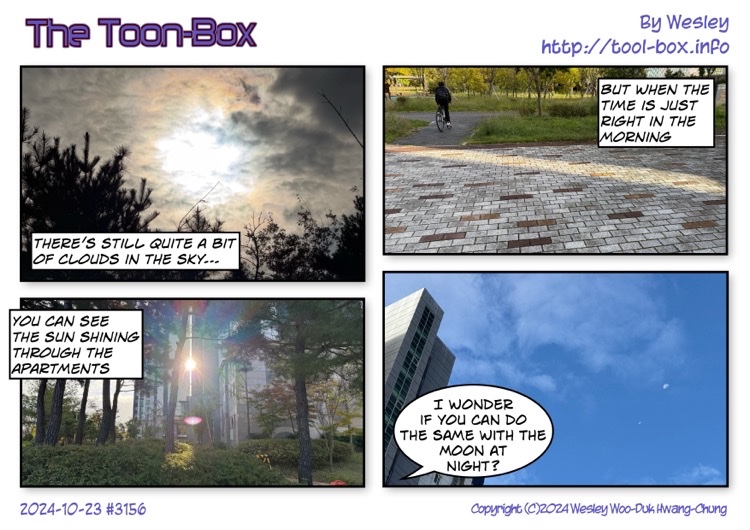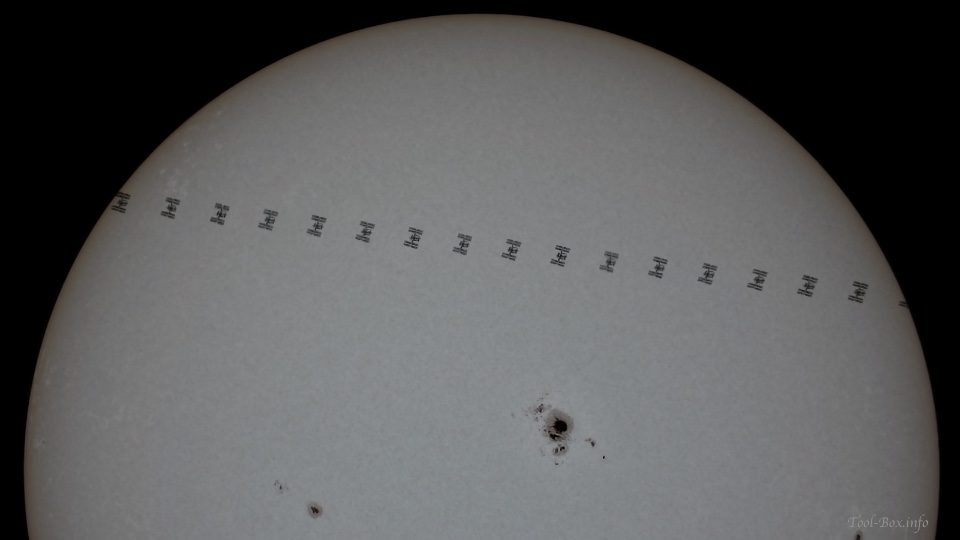Entries tagged as star
astronomy camera Moon Sanyo VPC-C4 satellite Minolta Dimage X20 binoculars Chuseok telescope eclipse Kodak Z1085 IS Sun iPhone 4 Canon SX50 HS planet Saturn constellation Lyra lightning ISS Jupiter iPhone 5S Canon EOS 450D Venus C/2013 R1 Lovejoy comet CHDK smog airplane Boötes Andromeda galaxy flare Iridium Alhena Orion Mars Celine Chung Hayun Chung HT-Mini v2 toy MetOp-A Ursa Minor Leo Minor Ursa Major A1533 slow motion A1530 LTE iOS iPhone 4S sound electric fan LED light trail M&M's A1524 iPhone 6 Plus OIS Cortex Camera Focus Pixels A1522 A1549 A1586 barometer belt case iOS 8 iPad iPad mini iPhone 3GS iPhone 5 iPhone 5C iPhone 6 KT LGU+ iPhone 11 Pro Nikon CoolPix P1000 Singapore travel Naju Uranus Hiroshima iPhone 16 Pro Japan Celestron NexStar 6SE Snapzoom Bitgaram City Sony A5000 beverage road shade cat assembly kit car cup Starbucks Bolt EV electric SpaceX electric vehicle Sight Knight visor Jeonju iPhone 13 Pro Gunsan space station Tiangong Raynox DCR-1540PRO teleconverter Vivitar 2.0X iOptron SkyTracker Nikon D3300 Samyang Polar 800mm Toast TP-2 Bode's Galaxy Cigar Galaxy asteroid Ceres dwarf planet Heze Vesta Zeta Virginis KPX C/2014 Q2 Lovejoy nebula Taurus focal reducer meteor shower Perseids Scorpius iPhone 6S Plus iPhone X Goheung Naro Space Center Dragon expressway parking lot service area Boeing Daejeon international spacecraft Bushnell 8x40 fog Josephina Neptune Triton Pluto adapter Kiwi Fotos KF-8012N Heathrow Airport London Wesley Woo-Duk Hwang-Chung anchovy snack airport COEX Gimpo Lotte World Seoul Seoul National University kids cafe Lego Petit Monde instant noodles ramyeon Africa Benin gas station toll gate game Korean Air cloud Asiana Airlines Coca Cola emergency soda Tokyo building Milky Way Bode’s Galaxy Sombrero Galaxy light fixture Christmas tree decoration balls lights sled snow screwdriver table cookie milk Oreo Homeplus pizza chocolate chip cookies couch FaceTime New Year's Day rice cake Skype Sung-Eun Kim tteokguk computer swing Toys R Us trampoline Mega Kids Box Megabox movie theatre tortilla wrap toothbrush salad Disney Frozen battery remote controlled helicopter repair replacement Syma S107G Danish butter cookies animation Larva shopping cart 2015 TB145 NASA iPhone 7 Plus AT&T Canada Hong Kong Korea T-Mobile USA Verizon SK Telecom VoIP VoLTE Reachability screen protector Apple Store screen Screen Glue Ferris wheel Goat Simulator iPhone 6+ Touch ID Fukuoka Fukuoka Airport Incheon International Airport subway leather case Vega LTE-A charger 3DMark Geekbench Kraken Octane performance SunSpider Anex ANH2-065 collimation screw Messier 11 Messier 2 T-adapter artificial star Jeonnam Science Festival
ISS with Boeing Starliner transits the Sun
Posted by Wesley on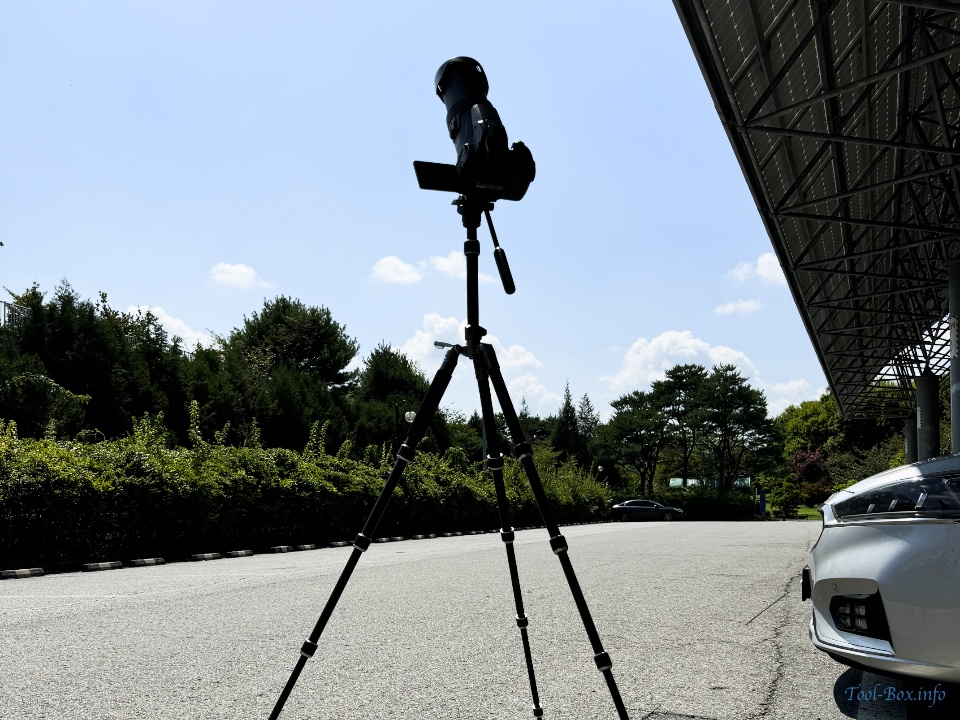
After observing the ISS last year, I was waiting for some interesting changes on board the space station. And this came in the form of the Boeing Starliner spacecraft docking on June 6 as a part of the Crew Flight Test. This test was originally planned to last about a week, but thruster issues kept preventing its return to Earth. This meant that when I finally got the opportunity to make an observation in Daejeon after the monsoon season was over, I could photograph it with the ISS.
Weather in August was still unstable, and forecast for August 15 was cloudy with a chance of rain in many places. But outlook for Daejeon was clear, so drove my car there to make an attempt. And as forecasted, I could see the Sun onobstructed and was able to make a satisfactory observation, as you can see in the composite photo above. The docked Starliner is easily visible as a bump on the left-hand side of the space station's main modules. You can also see the large sunspot named AR3784 near the center of the Sun.
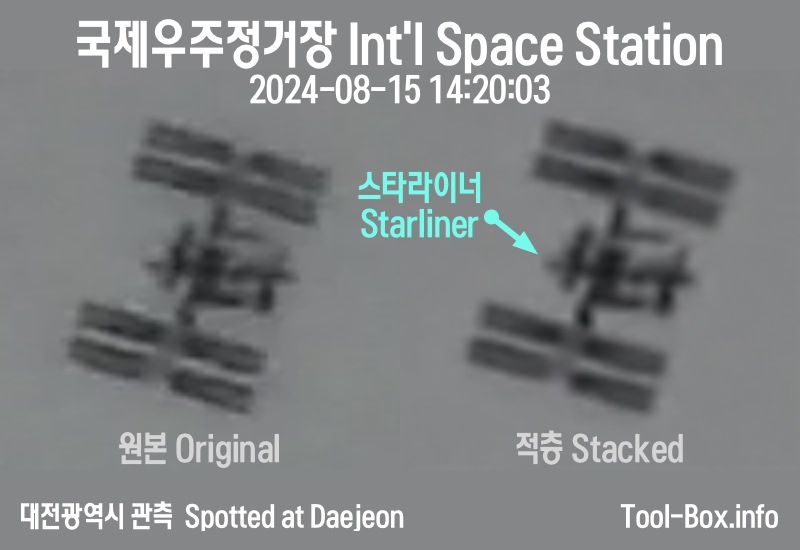
For those who are not familiar with the space station's structure, here's an enlarged photo showing where the Boeing Starliner is currently located within the space station. It's docked to the IDA-2 at Harmony module's forward port. SpaceX Dragon spacecrafts have docked at this location before, so some of my previous observations show that at the same spot instead.
Device: Nikon P1000
Settings: 3000mm - ISO 125 - 1/2000s - f/8
Filters: ICE N100000 (Neutral Density 16.5 Stop)
Time: 2024-08-15 14:20 KST
Location: Daejeon, Korea
17 photos processed with Pixelmator 3.6.6, RegiStax 6.1.0.8, and PIPP 2.5.9
Defined tags for this entry: astronomy, Boeing, camera, Daejeon, international, ISS, Nikon CoolPix P1000, satellite, space station, spacecraft, star, Sun, travel
Today’s “The Toon-Box”
Posted by Wesley on
Today’s “The Toon-Box”
Posted by Wesley on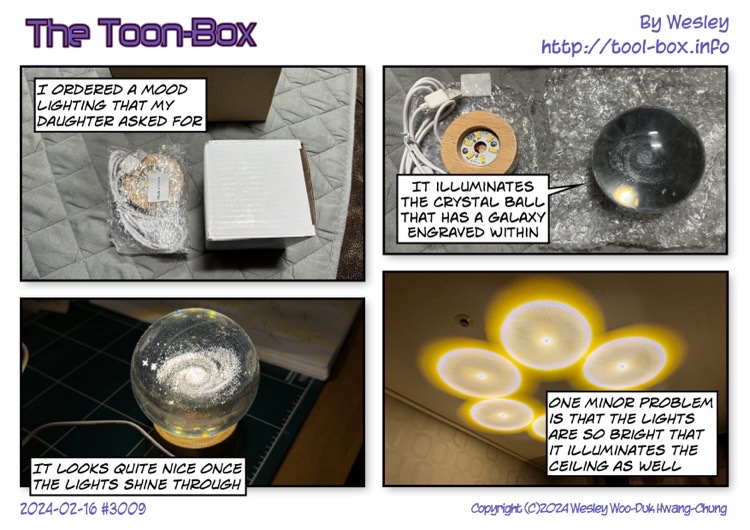
First sunrise of 2024 from Bitgaram City
Posted by Wesley on2023 had been another interesting year. In terms of travelling around the world, things have gotten almost back to the levels of pre-pandemic levels. This allowed me to visit many new places as well as revisit some old ones. But for watching the first sunrise of the year, nothing is more comfortable than doing it right at home. Thankfully, skies were almost totally clear, allowing my phone to capture the scene with clarity. Like the photo, I hope everyone has a bright year ahead of you.
For the full 12-minute progress (sped up 4 times) of the sunrise, check out the video that I uploaded.
Device: iPhone 15 Pro
Settings: 77mm equiv. - ISO 25 - 1/469s - f/2.8
Time: 2024-01-01 08:00 KST
Location: Naju, Korea
